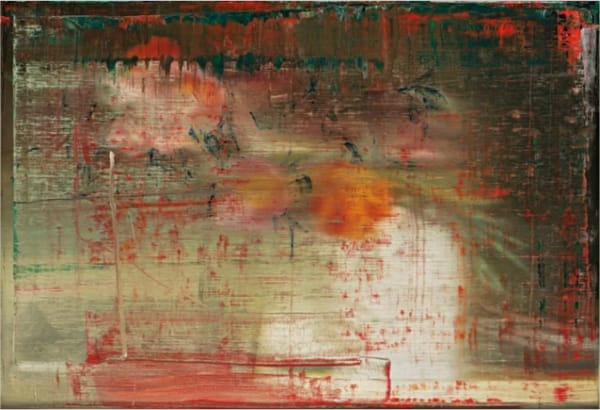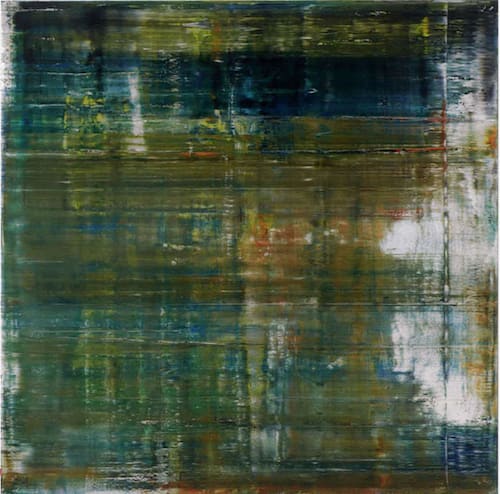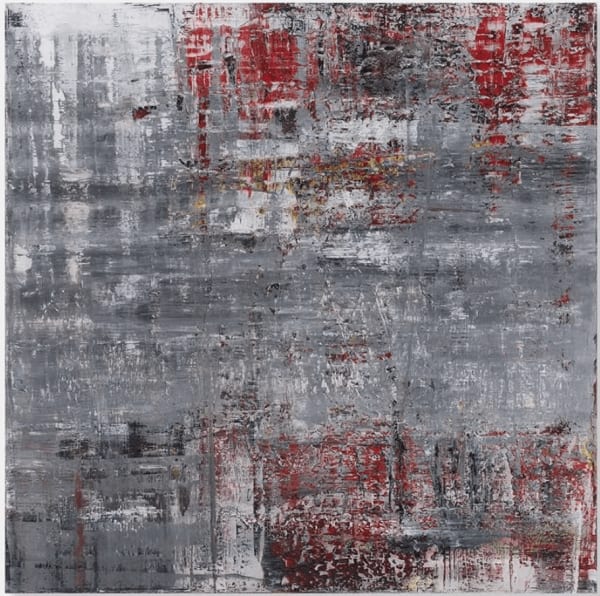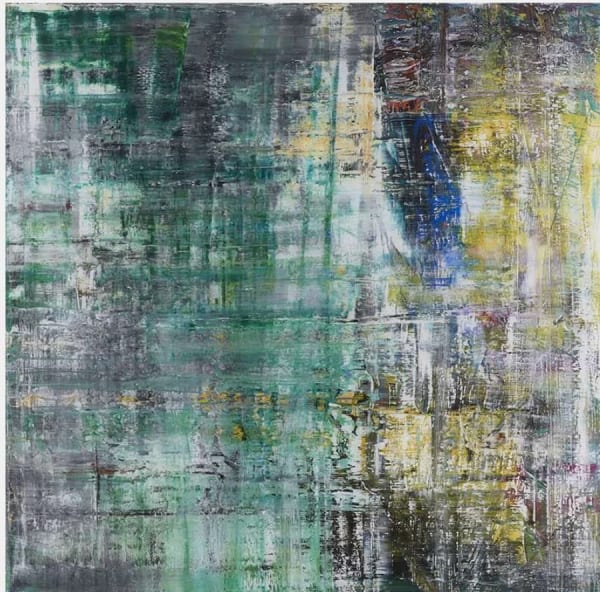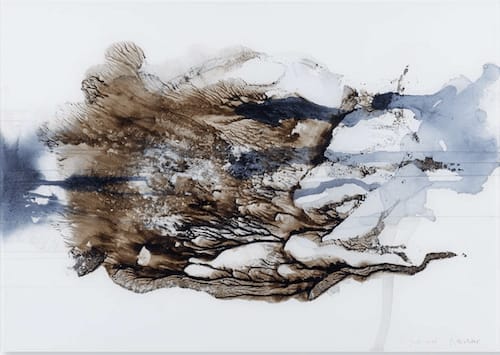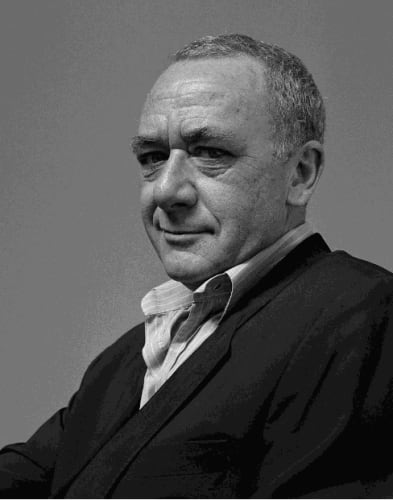-
Gerhard Richter's Art For Sale
Gerhard Richter's art challenges the norm though his diverse and varied artistic output that elegantly blends and morphs abstraction with photorealism and photography. His electic style is replete with nuanced references to historic photography and daily motifs told textured stories.
Browse Gerhard Richter art for sale below and contact our galleries for latest availabilities.
-
Latest Limited Edition Gerhard Richter Prints For Sale
-
Series

Gerhard Richter
Flow P15 , 2016Diasec-mounted chromogenic print mounted on aluminum39 3/8 x 78 3/4 in
100 x 200 cmEdition of 500 + 2 APCopyright The ArtistGerhard Richter's 'Flow' series, realized in collaboration with Heni Editions, spans from 2012 to 2014. These editions feature abstract paintings marked by vivid, swirling hues and lively brushstrokes. Reflecting Richter's...Gerhard Richter's "Flow" series, realized in collaboration with Heni Editions, spans from 2012 to 2014. These editions feature abstract paintings marked by vivid, swirling hues and lively brushstrokes. Reflecting Richter's fascination with movement and spontaneity, each piece invites viewers into a mesmerizing exploration of color, form, and rhythm.Overview"Picturing things, taking a view, is what makes us human; art is making sense and giving shape to that sense."
Gerhard Richter is widely regarded as one of the most influential artists of the 20th and 21st centuries. His groundbreaking work explores perception, memory, and the nature of reality, spanning photorealism, abstraction, painting, and photography. If you're looking to buy Gerhard Richter art, his dynamic and thought-provoking pieces remain highly sought after by collectors across the globe. Whether you are considering buying limited edition Gerhard Richter prints or to acquire original Gerhard Richter paintings, at Guy Hepner we have helped collectors to discover the timeless and innovative works of this most cherished of German artists.
Born in 1932 in Dresden, Germany, Richter’s early life amidst war and political turmoil shaped his artistic perspective. After studying at the Dresden Academy of Fine Arts, he escaped to West Germany just before the Berlin Wall’s construction—marking a turning point in his career.
Richter’s iconic "Blur" paintings, where photographic images are softened with layers of paint, challenge the viewer’s understanding of truth and visual clarity. His constant innovation and refusal to be bound by one style have made him a pioneer of contemporary art.
Richter's legacy continues to inspire generations of artists. His commitment to experimentation and the power of interpretation reminds us that the essence of art—and reality—lies not in what we see, but how we choose to see it.
Contact info@guyhepner.com for further information on our latest Gerhard Richter prints for sale or to buy original Gerhard Richter at our New York and London galleries. News
News-

Gerhard Richter
At Auction February 26, 2024Gerhard Richter's auction history boasts remarkable milestones, underscoring his status as a leading figure in the contemporary art market. Several of his works have achieved...Read more -

Gerhard Richter
Diving Into The "Cage" Series February 26, 2024Gerhard Richter's 'Cage' series stands as a testament to his artistic versatility and philosophical depth. Created between 2006 and 2007, this collection pays homage to...Read more
